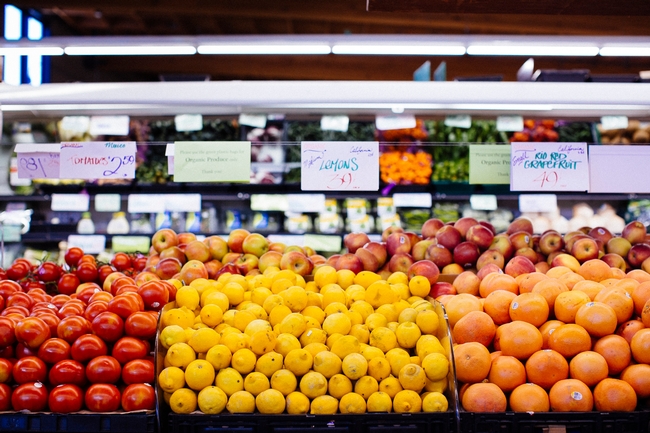Making Every Dollar Count participants reported running out of food before the end of the month significantly less often, suggesting an improvement in their families' food security.
The Issue
According to the California Association of Food Banks, one in five Californians struggled with food insecurity during 2020. Making Every Dollar Count (MEDC) is a curriculum that teaches adults food buying/budgeting skills and food and resource management techniques that can support limited-resource families. The primary tool for evaluating this curriculum is the MEDC retrospective survey. This survey primarily collects participant knowledge, limiting the program outcomes collected particularly regarding potential improvements in food resource management (FRM) behaviors. In addition, FRM behaviors are a key focus area identified in California's CalFresh Healthy Living statewide goals and objectives for FFY 2020-22.
How UC Delivers
During evaluation planning for FFY 2019-20, the CalFresh Healthy Living, UC State Office (CFHL, UC State Office) asked San Joaquin County if there was a possibility to transition from the MEDC survey to the Plan, Shop, Save and Cook (PSSC) evaluation tool to better capture food resource management (FRM) behavioral data. As a result, the CalFresh Healthy Living, UCCE San Joaquin team asked a long-time partner, First 5 of San Joaquin, if their MEDC-in-home educators could adopt the new survey. Given this new opportunity to capture FRM behavioral outcomes, First 5 approved the transition based on the recommendation of the CFHL, UC State Office in January 2020. FFY2020-21 was the first complete year in which the First 5 in-home educators used the PSSC evaluation tool for all participants that received MEDC lessons.
Preliminary results of the PSSC pre/post survey evaluating the MEDC curriculum delivery in San Joaquin County showed opportunity for capturing FRM behavioral outcomes related to MEDC. A total of 95 matched pre/post PSSC surveys were analyzed among the MEDC series participants.
Survey respondents were primarily female (95%) and all 18-59 years old. Most participants self-identified as Hispanic or Latino (88%).
The Impact
Adults (n=95) who participated in the Making Every Dollar Count series showed statistically significant improvements (p<.000) from the pre- to post- survey in how often they:
- Compared unit prices before buying food;
- Shopped with a grocery list;
- Thought about healthy food choices when deciding what to feed their family;
- Used the “Nutrition Facts” on the food label to make food choices;
- Used MyPlate to make food choices; and
- Used food resource management behaviors (plan, price, shop, think, fact).
The percent who reported improvements in these behaviors at five weeks post-series ranged from 88% (for thinking about healthy food choices when deciding what to feed their family) to 98% (for using MyPlate to make food choices). In addition, after attending the MEDC series, adult participants reported running out of food before the end of the month significantly less often (p<.000) suggesting an improvement in their families' food security.
Clientele Testimonials
Participants responded to the question, “What changes have you made since you have taken these classes?”
”Ahorrar dinero al hacer una lista de mis compras.”
Translation: “Save money by making a shopping list.”
“Aprendí a cuidar mi economía.”
Translation- “I learned to take care of my finances.”
These outcomes, along with efforts to understand the behavioral impacts of MEDC programming, are part of UC ANR's commitment to improving economic prosperity and securing safe, abundant food for all Californians.
Attached Images:

